Cairo Egypt Travel City Guide
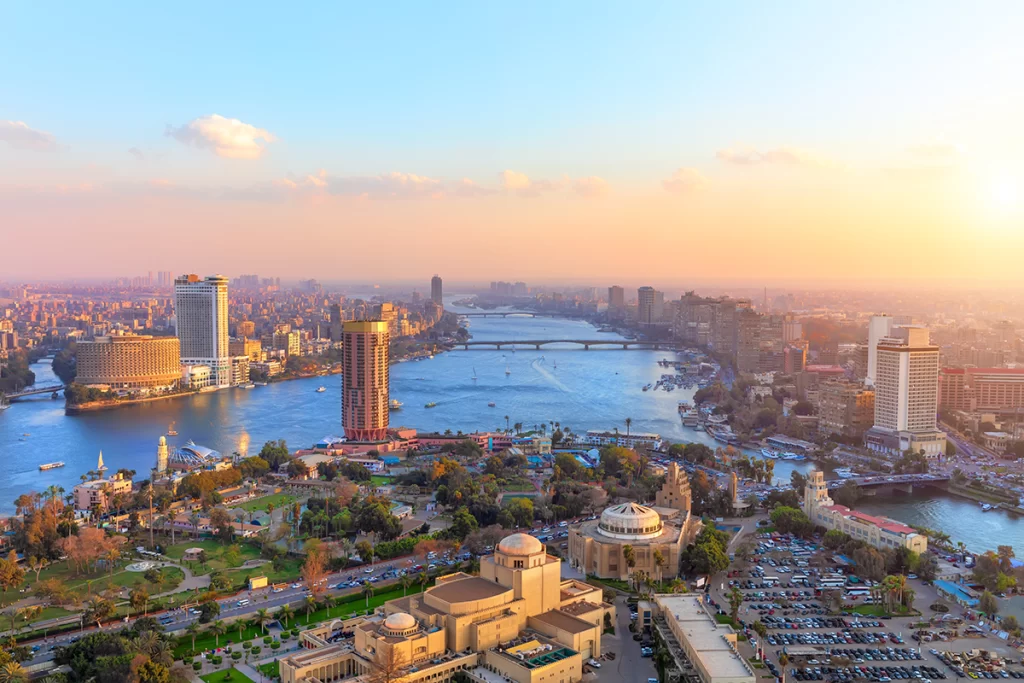
Cairo Egypt Travel City Guide
Cairo. Just the name sounds like a time machine. A city where minarets pierce the sky, ancient relics whisper history, and honking taxis compete with the muezzin’s call to prayer. The capital of Egypt, Cairo is one of the world’s oldest continually inhabited cities, yet it vibrates with an energy that is nothing short of electric.
Home to over 22 million residents, Cairo is Africa’s largest city and the beating heart of Egyptian culture, politics, and history. From the pharaohs to modern protests, from papyrus scrolls to social media revolutions, Cairo has seen it all—and it shows in every cracked pavement and golden dome.
Visitors arrive seeking the mystery of the pyramids, but they leave mesmerized by a place that’s so much more: a vibrant tapestry of ancient majesty, colonial leftovers, contemporary ambition, and chaotic charm. It’s noisy. It’s beautiful. It’s intense. It’s unforgettable.
Where Is Cairo Located?
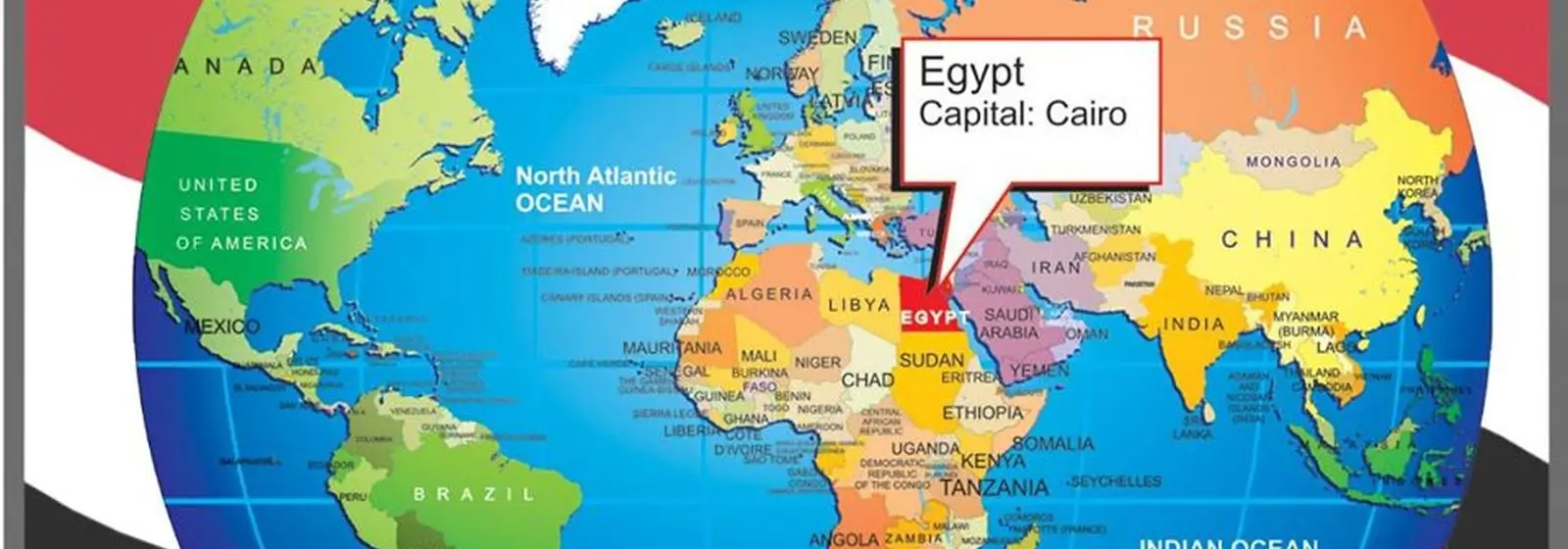
Cairo Egypt Travel City Guide
Cairo is situated in northeast Egypt, nestled along the Nile River’s eastern bank, just south of where the river splits into the Delta region. This strategic location has made it a crucial crossroad between Africa, the Middle East, and the Mediterranean for thousands of years.
Surrounded by desert and only 20 kilometers from the iconic Pyramids of Giza, Cairo’s location made it a magnet for trade, conquest, and cultural exchange. The Nile’s life-giving waters made civilization possible here—and still provide sustenance, transport, and stunning river views.
The Birth of a Capital
Cairo was officially founded in 969 CE by the Fatimid dynasty, who named it Al-Qahirah, meaning “The Victorious.” But don’t be fooled—Cairo’s soul is far older. The area around it has been inhabited since pre-dynastic Egypt, with neighboring sites like Heliopolis and Memphis bearing witness to millennia of settlement.
The Fatimids constructed their city with mosques, universities, palaces, and gardens—some of which still stand today. Cairo became the jewel of Islamic civilization, rivaling cities like Baghdad, Damascus, and Constantinople in influence and beauty.
Cairo Before Cairo
Before the Fatimids arrived, the area we now call Cairo was already brimming with history. Fustat, founded by the Arab general Amr ibn al-As in 641 CE, was Egypt’s first Islamic capital. Ruins of Fustat can still be visited in Old Cairo, where mosques, churches, and synagogues stand side by side in a remarkable tapestry of faith and architecture.
Even further back in time, the city of Memphis, located just south of modern Cairo, served as Egypt’s capital during the Old Kingdom. This ancient metropolis laid the groundwork for what Cairo would eventually become—a center of power and prestige.
Cairo as the City of a Thousand Minarets
Cairo didn’t earn its nickname lightly. From towering stone minarets to domed mosques, Islamic architecture defines the skyline. Each mosque tells a story: of caliphs, sultans, architects, and artisans.
Among the highlights:
-
Mosque of Ibn Tulun (876 CE), one of the oldest and largest mosques in Africa.
-
Sultan Hassan Mosque, with its soaring structure and intricate carvings.
-
Al-Azhar Mosque, not only a place of worship but the heart of Sunni Islamic learning.
Walking through Islamic Cairo feels like stepping into a medieval world, where ancient stone streets wind past madrasas, hammams, and timeworn homes.
Historic Cairo: A City of Faiths
Cairo is a multi-faith city, where Islam, Christianity, and Judaism have long coexisted. In Coptic Cairo, you’ll find:
-
The Hanging Church, suspended above a Roman fortress.
-
The Coptic Museum, housing early Christian manuscripts.
-
The Ben Ezra Synagogue, associated with the discovery of the Cairo Geniza—one of the most important collections of Jewish manuscripts in history.
This tri-religious heritage makes Cairo one of the world’s most spiritually diverse cities.
Modern Cairo: The Urban Jungle
While ancient mosques and relics dominate Cairo’s historical narrative, modern Cairo pulses with life. Sleek buildings rise in neighborhoods like Heliopolis, Zamalek, and New Cairo, while chaotic traffic and buzzing cafés define the everyday rhythm.
The contrast is jarring but real: you can sip Arabic coffee in a centuries-old alleyway or grab a frappuccino in a glassy mall—often within the same hour. That’s Cairo: chaotic, charming, and cosmopolitan.
Giza and Greater Cairo
Cairo is technically part of the Greater Cairo Region, which includes Giza and Qalyubia. Giza, home of the Pyramids and Sphinx, lies just across the Nile and is one of the most visited sites in the world.
Despite their fame, the pyramids are surprisingly close to the city—you can even spot them from certain rooftops or metro lines. It’s a surreal juxtaposition: ancient tombs surrounded by satellite dishes and fast food joints.
The Egyptian Museum
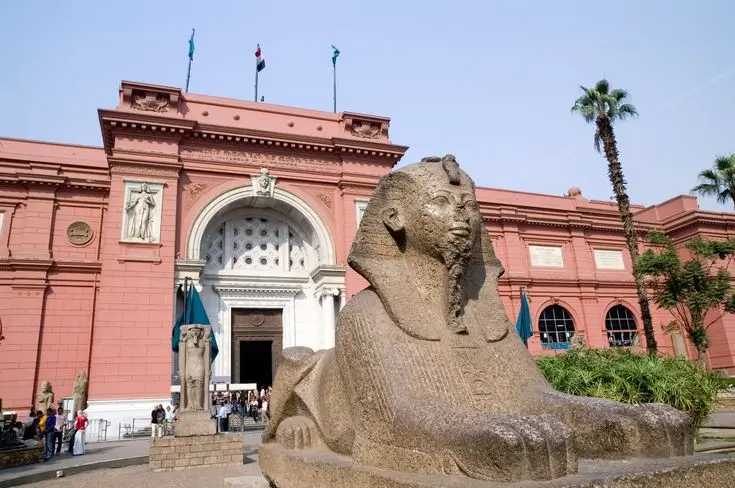
The Egyptian Museum
No trip to Cairo is complete without a visit to the Egyptian Museum in Tahrir Square. Opened in 1902, this treasure trove holds over 120,000 artifacts, including:
-
The golden mask of Tutankhamun
-
Mummies of pharaohs
-
Tools, jewelry, and manuscripts from all over ancient Egypt
It’s dusty. It’s cluttered. But it’s magical.
The Grand Egyptian Museum (GEM)
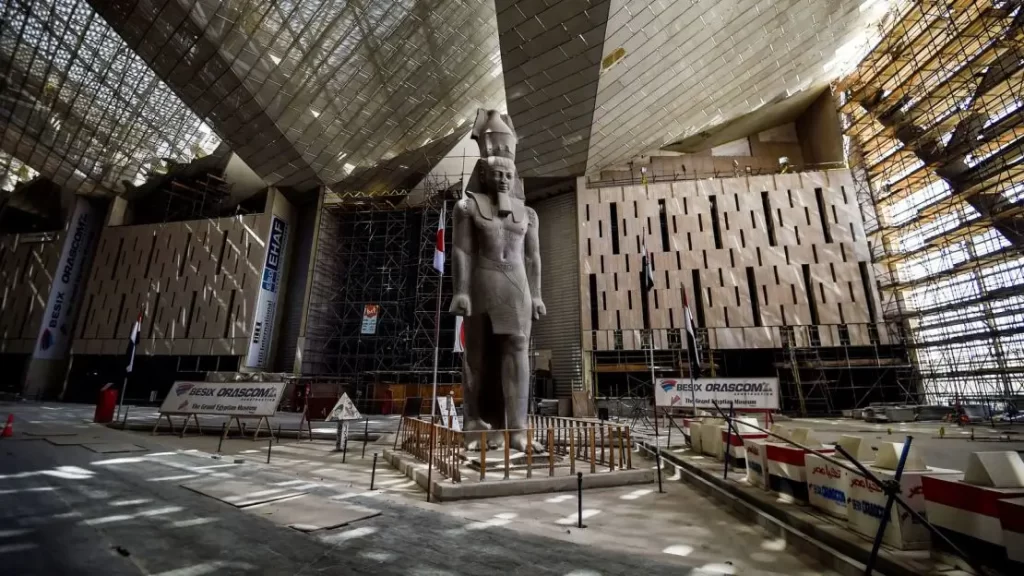
The Grand Egyptian Museum
Cairo is on the brink of unveiling one of the most ambitious cultural projects of the 21st century: the Grand Egyptian Museum (GEM). Located near the Pyramids of Giza, this ultra-modern facility is set to house over 100,000 artifacts, including the entire treasure collection of King Tutankhamun—much of which has never been displayed publicly before.
This architectural marvel spans over 480,000 square meters, combining advanced preservation technology, stunning exhibits, and immersive digital storytelling. Designed to be the largest archaeological museum in the world, GEM bridges the ancient with the modern, offering:
-
A panoramic glass wall overlooking the pyramids
-
Holographic recreations of ancient rituals
-
A majestic Grand Staircase lined with colossal statues
Unlike the older Egyptian Museum in Tahrir Square, GEM offers climate-controlled spaces and digital archives. It represents Egypt’s vision for cultural leadership on a global stage. As tourism rebounds, the Grand Egyptian Museum is poised to be Cairo’s crown jewel.
The Citadel of Saladin
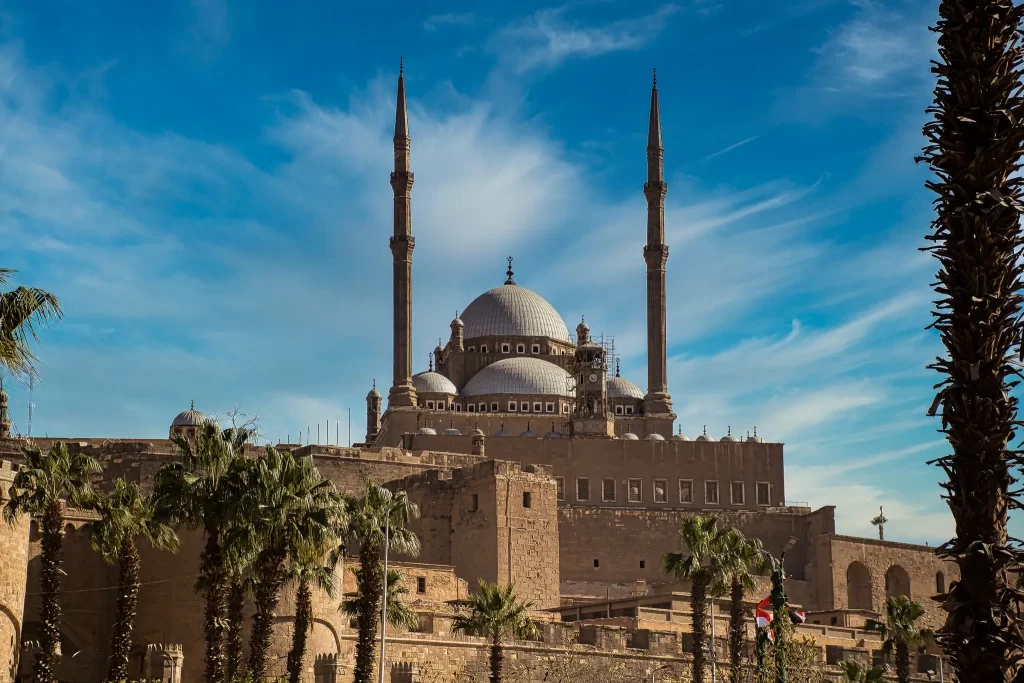
The Citadel of Saladin
Perched high on Moqattam Hill, the Citadel of Saladin dominates Cairo’s skyline like a sleeping giant. Built in 1176 CE by the legendary Sultan Saladin to defend against Crusaders, it served as the seat of power for Egypt’s rulers for over 700 years.
The complex houses several landmarks, the most striking being the Mosque of Muhammad Ali. With its twin minarets and cascading domes, this Ottoman-style mosque is reminiscent of Istanbul’s Blue Mosque and offers sweeping panoramic views of Cairo.
Inside the Citadel, you’ll also find:
-
The Gawhara Palace
-
The Military Museum
-
The Al-Nasir Muhammad Mosque (built in Mamluk style)
Walking through the Citadel is like stepping into a timeline of conquest, spirituality, and resistance. It’s a physical embodiment of Cairo’s layered history—stone upon stone, ruler after ruler.
Khan el-Khalili Bazaar
If Cairo had a heartbeat, it would thump loudly through the alleyways of Khan el-Khalili. This historic souk, founded in the 14th century, is a sensory explosion of sights, sounds, and smells. Incense wafts through the air, copper lamps dangle from wooden stalls, and the chatter of bargaining fills every corner.
Here you can shop for:
-
Hand-hammered silver
-
Colorful spices
-
Papyrus scrolls
-
Hookahs, perfumes, leather, and antiques
But Khan el-Khalili is more than a market—it’s a cultural performance. Sip tea at El Fishawy, Cairo’s oldest café, where writers like Naguib Mahfouz once mused, or watch artisans etch prayers into brass plates using methods passed down for generations.
And yes, bargaining is not optional—it’s a ritual. Embrace it!
Al-Azhar University and Mosque
Founded in 970 CE, Al-Azhar Mosque is not only one of Cairo’s oldest mosques but also the home of Al-Azhar University, widely regarded as the oldest continuously operating university in the world.
Al-Azhar isn’t just a religious institution—it’s a beacon of global Islamic scholarship. Its fatwas (legal opinions) and theological doctrines influence millions of Muslims worldwide.
The mosque itself is a stunning blend of Fatimid, Mamluk, and Ottoman architecture. Its courtyard gleams with white marble, surrounded by elegant minarets and delicately carved wooden ceilings. Whether you’re a pilgrim, a student, or a tourist, Al-Azhar welcomes all—offering not just spiritual refuge but also a moment of intellectual awe.
The Nile in Cairo
The Nile River, the lifeblood of Egypt, gently slices through Cairo, offering a surprisingly peaceful escape from the urban hustle. Whether you’re gazing at it from a bridge, a riverside café, or aboard a felucca (a traditional sailboat), the Nile is Cairo’s soul in motion.
The Nile Corniche, a stretch of road and promenade running along the river, is lined with hotels, parks, and restaurants. In the evening, the city cools, and families come out to walk, vendors sell roasted corn, and musicians play for tips.
It’s a scene unchanged by centuries. After all, the pharaohs once gazed at these same waters.
Tahrir Square: Revolution and Rebirth
No place captures the spirit of modern Cairo like Tahrir Square. Known worldwide for its pivotal role in the 2011 Egyptian Revolution, Tahrir (meaning “liberation”) is both a traffic hub and a symbol of national awakening.
Surrounded by government buildings and the historic Egyptian Museum, Tahrir has been the stage for:
-
Political protests
-
Cultural festivals
-
Spontaneous celebrations
Cairo’s story continues to be written here, in the graffiti on walls, the voices of taxi drivers, and the dreams of youth marching for a better tomorrow.
Cairo Tower
If you want to see all of Cairo in one breathtaking sweep, head to Cairo Tower in the Zamalek district. Standing at 187 meters (614 feet), this lattice-style structure is the tallest concrete building in North Africa and a symbol of Egypt’s post-colonial independence.
Built in the 1960s during President Nasser’s era, the tower was designed to resemble a lotus plant—an homage to ancient Egyptian symbolism. From the observation deck, you get:
-
360° views of the sprawling city
-
Clear glimpses of the Pyramids on a good day
-
A rotating restaurant and café at the top
By night, the tower glows in vibrant LED displays, casting a colorful reflection on the Nile below. Whether you’re watching the sunset or just admiring the chaos from above, Cairo Tower offers perspective—both literal and poetic.
City of Contrasts
Nowhere is Cairo’s complexity more apparent than in its contrasts:
-
Ancient vs. ultra-modern
-
Call to prayer vs. club music
-
Five-star dining vs. street falafel
-
Designer boutiques next to donkey carts
You can walk past a 7th-century mosque, then pop into a shopping mall selling iPhones. The paradoxes don’t conflict—they cohabit. Cairo is like a kaleidoscope: constantly shifting, yet always coherent.
This contrast is also social. Cairo’s elite live in gated suburbs like New Cairo or Sheikh Zayed, while millions live in dense neighborhoods like Imbaba or the infamous “City of the Dead”, where mausoleums double as homes.
It’s a city of layers, and every layer adds to its charm and challenge.
Cairo’s Culinary Soul
Let’s talk food—because Cairo doesn’t just fill your belly, it feeds your soul.
Start with the national dish: Koshary, a glorious chaos of rice, pasta, lentils, fried onions, chickpeas, and spicy tomato sauce. You’ll find it in humble eateries like Abou Tarek, where the lines stretch out the door.
Other must-try foods include:
-
Ful Medames (mashed fava beans)
-
Taameya (Egyptian falafel made from fava beans)
-
Molokhia (green soup made from jute leaves)
-
Mahshi (vegetables stuffed with herbed rice)
Don’t skip Egyptian desserts like basbousa, konafa, and om ali. Pair your feast with sugarcane juice or mint tea, preferably in a loud, smoky café where old men play dominoes and argue about football.
Whether you dine in a swanky Zamalek restaurant or grab a kebab from a food cart, Cairo always serves culture with every bite.
Nightlife in Cairo
Think Cairo sleeps after dark? Think again. The city hums with life into the wee hours.
-
Dance to live music at rooftop bars in Zamalek
-
Laugh at Arabic stand-up comedy in underground venues
-
Sip hibiscus tea while puffing a shisha pipe by the Nile
-
Party in Downtown electro clubs that fuse Middle Eastern beats with European vibes
For a more laid-back evening, head to Opera House Cairo, where you can enjoy classical concerts, ballet, or Arabic theater. Or simply take a night cruise on a Nile boat, serenaded by traditional music under the city lights.
The People of Cairo
More than its pyramids or palaces, Cairo’s greatest asset is its people. Warm, curious, and quick to smile, Cairenes are proud of their city and eager to share it—especially over a plate of food or a strong cup of tea.
You’ll find street vendors who speak five languages, taxi drivers with political opinions, and shopkeepers who treat you like family within five minutes of conversation.
Expect to hear:
-
“Ahlan wa sahlan!” (Welcome!)
-
“Min fein?” (Where are you from?)
-
“Mafiish mushkila” (No problem!)
Their humor is as sharp as the city’s traffic turns, and their resilience mirrors the city’s survival across millennia. In Cairo, hospitality isn’t a gesture—it’s a way of life.
Transportation in Cairo
Getting around Cairo is part adventure, part endurance test. But it’s doable!
Options include:
-
Cairo Metro: The fastest, cheapest way to travel (and women-only cars exist for added comfort).
-
Ride-hailing apps like Uber & Careem: Safer than hailing random taxis.
-
Microbuses and tuk-tuks: For short local rides, if you’re brave and don’t mind a wild ride.
-
Nile taxis: A scenic alternative that avoids gridlock.
Warning: Cairo traffic is infamous. Avoid peak hours if you can. What looks like a 20-minute trip on Google Maps could easily take an hour or more.
Education and Universities
Cairo is the academic heart of Egypt, attracting students from across the Arab world and beyond. Its institutions range from ancient centers of learning to modern international universities.
Top educational institutions include:
-
Cairo University (est. 1908): A public research university producing some of the region’s top thinkers and politicians.
-
The American University in Cairo (AUC): Offering U.S.-accredited degrees, AUC blends liberal arts with Egyptian culture on a lush campus in New Cairo.
-
Al-Azhar University: Revered as the oldest Islamic university in the world, Al-Azhar sets theological standards and religious discourse across Sunni Islam.
Beyond universities, Cairo is home to:
-
Art academies
-
Language institutes
-
International schools
-
Thriving libraries and research centers
In every sense, Cairo is a city of learning, with an educational heritage as deep as its Nile roots.
Media and Culture Hub
From golden-age cinema to viral TikToks, Cairo is the media capital of the Arab world. It’s the birthplace of:
-
Iconic film stars like Omar Sharif and Faten Hamama
-
Renowned musicians like Umm Kulthum and Mohamed Mounir
-
Arab television serials and soap operas watched across the Middle East
Today, Cairo remains the epicenter of:
-
Film production
-
Book publishing
-
Political journalism
-
Social media activism
Downtown bookstores brim with Arabic literature and international bestsellers, while street murals and graffiti express the voice of a youthful generation shaping the narrative of modern Egypt.
Art, Graffiti, and Street Expression
Cairo’s walls talk—literally. In neighborhoods like Downtown, Zamalek, and Maadi, you’ll find:
-
Revolutionary graffiti
-
Satirical art
-
Calligraphy blended with contemporary style
The city’s art scene is booming, from independent galleries to underground exhibitions and street performances. Artists tackle themes like identity, feminism, climate change, and social justice—infusing Cairo’s chaotic streets with color and meaning.
Green Spaces in Cairo
While Cairo is often seen as a concrete sprawl, it still offers serene green pockets:
-
Al-Azhar Park: Once a garbage dump, now one of the most beautifully landscaped areas in the city, with views of the Citadel and historic mosques.
-
Al-Andalus Garden: A palm-lined oasis on the Nile Corniche, perfect for a mid-city escape.
-
Family Park (New Cairo): A clean, family-friendly area with cafes, fountains, and bike paths.
Though green space is scarce, the ones that exist are cherished. Cairo’s parks reflect a growing awareness of sustainability and mental wellness.
Challenges Facing Cairo
As with any megacity, Cairo faces serious issues:
-
Traffic congestion that tests patience daily
-
Air pollution that often blankets the city in smog
-
Overcrowding in housing and public services
-
Waste management struggles in lower-income areas
But the city is fighting back—with metro expansions, digital transformation projects, and green initiatives led by both the government and grassroots movements.
Perhaps the most ambitious response? The development of a New Administrative Capital east of Cairo, designed to ease congestion and bring a futuristic skyline to Egypt.
Future of Cairo
Cairo isn’t standing still. The New Administrative Capital is already under construction, aiming to:
-
Relocate government buildings
-
Offer smart housing and business districts
-
Create eco-friendly infrastructure
In the meantime, urban renewal projects in Downtown Cairo, upgraded public transport, and increased tourism investments signal that this ancient city is evolving without forgetting its past.
As Egypt bridges its pharaonic past and digital future, Cairo remains the fulcrum of it all—a city always in motion.
FAQs
What is Cairo best known for?
Cairo is famous for the Pyramids of Giza, the Egyptian Museum, Islamic architecture, the Nile River, and its vibrant markets like Khan el-Khalili.
Is Cairo safe to visit?
Yes, Cairo is generally safe for tourists, especially in main districts and tourist areas. Still, practice standard travel precautions and respect local customs.
How big is Cairo?
Greater Cairo has a population of over 22 million, making it one of the largest urban areas in Africa and the Middle East.
What’s the weather like in Cairo?
Hot and dry! Summers are extremely hot (up to 40°C/104°F), while winters are mild and more pleasant.
Can you drink the tap water in Cairo?
It’s not recommended. Stick to bottled water to avoid stomach issues.
What are the best day trips from Cairo?
Besides the Giza Pyramids, consider:
-
Saqqara and Dahshur for older pyramids
-
Alexandria on the Mediterranean coast
-
Fayoum Oasis for desert lakes and waterfalls
Conclusion: City Cairo – Where Yesterday Lives in Today
To walk through Cairo is to time-travel—across empires, religions, revolutions, and rebirths. From the roar of traffic to the call to prayer, from the awe-inspiring pyramids to neon-lit cafés, Cairo is both a museum and a mirror, reflecting the ancient and the now.
It’s not always easy. It’s not always quiet. But Cairo is always, always worth it.
Whether you come for history, adventure, or a deeper connection to the rhythms of life, the city will welcome you. It may even change you.
Because Cairo isn’t just Egypt’s capital.
It’s Egypt’s soul.

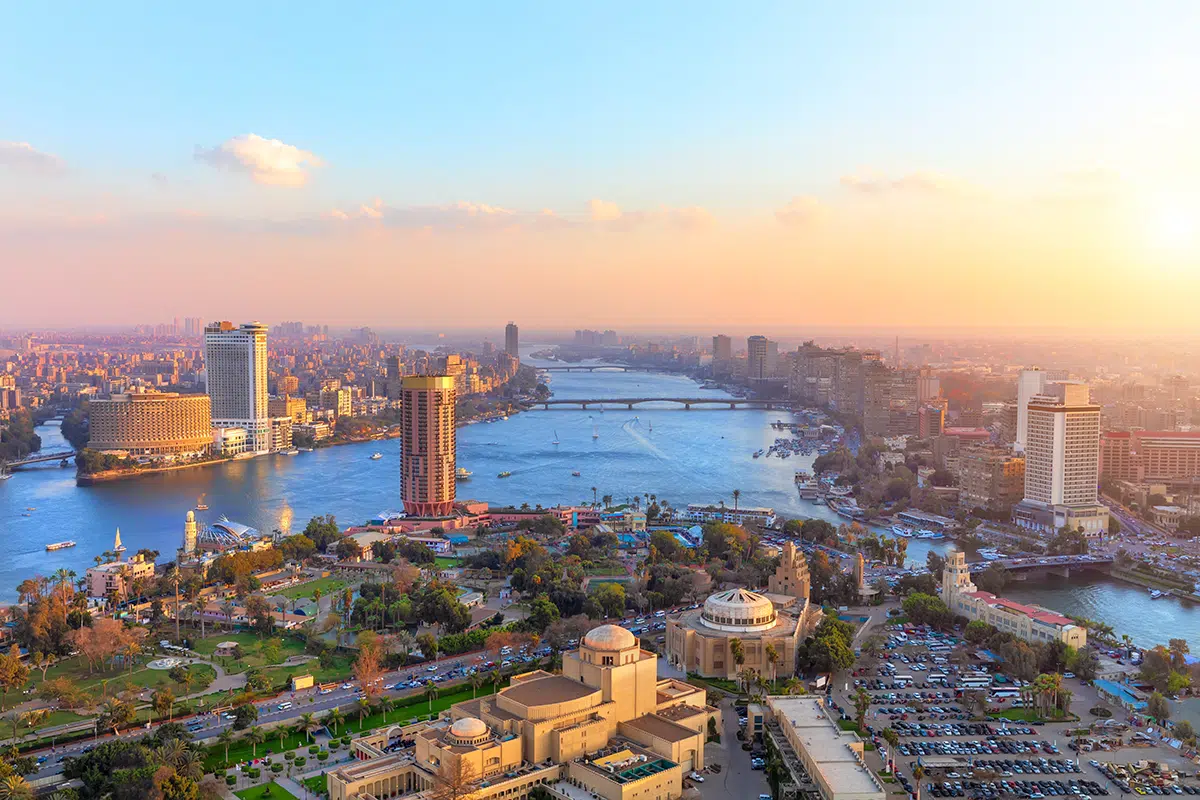
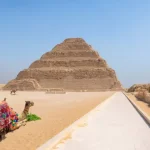
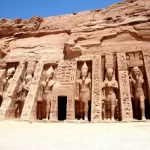




https://honda-fit.ru/forums/index.php?autocom=gallery&req=si&img=7039
Quality content is the key to be a focus for the
viewers to pay a quick visit the site, that’s what this web site
is providing.
I know this if off topic but I’m looking
into starting my own blog and was curious what
all is needed to get set up? I’m assuming having a blog like yours would
cost a pretty penny? I’m not very web savvy so I’m not 100% certain. Any suggestions or advice would be greatly appreciated.
Cheers
If you are going for finest contents like myself, simply go to see this web site every day for the reason that it presents feature contents, thanks
Thanks for your post. I like your work you can also check mine anchor text
Hello, Neat post. There is an issue along with your website in internet explorer, may check this?
IE still is the marketplace leader and a large component to other
people will miss your great writing because of this problem.
For most up-to-date information you have to pay a quick visit
world wide web and on web I found this site as a finest web site for most recent updates.
Good https://is.gd/tpjNyL
Very good https://is.gd/tpjNyL
Thank you! Quite a lot of stuff!
In Holocene years, the limelight has shone brightly on the natural and holistic wellness industry, with a especial sharpen on cannabidiol (https://tricollafarmscbd.com/calm-x-cbd-relax-with-cbd/). Rising as a democratic wellness supplement, CBD is notable for its potential drop alterative benefits.
Awesome https://lc.cx/xjXBQT
Very good https://lc.cx/xjXBQT
I am in fact glad to glance at this weblog posts which contains plenty of valuable information, thanks for providing these kinds of statistics.
Good https://is.gd/N1ikS2
Awesome https://is.gd/N1ikS2
Very good https://is.gd/N1ikS2
Very good https://is.gd/N1ikS2
Good https://is.gd/N1ikS2
https://www.deepbluedirectory.com/Business/History/Games/Arts/Dance/
https://bookmarkyourlink.com/page/business-services/ezoutdoor-premier-adventure-gear-for-dubai-s-desert-and-mountain-explorers
https://devrant.com/users/imperialgas
Attractive section of content. I just stumbled upon your web site and in accession capital
to assert that I get in fact enjoyed account your
blog posts. Anyway I’ll be subscribing to your feeds and even I achievement
you access consistently fast.
Thank you a lot for sharing this with all of us you actually recognize what
you are talking about! Bookmarked. Kindly also discuss with my web site =).
We may have a hyperlink change contract between us
Simply desire to say your article is as surprising. The clarity for your submit
is just excellent and that i could suppose you’re an expert
in this subject. Fine along with your permission allow me to
grasp your RSS feed to keep updated with imminent post. Thanks 1,
000,000 and please keep up the enjoyable work.
A.i driven god level digital marketing agency delhi
A.i driven god level digital marketing agency delhi